MIELIFICIO SOTTOVALLE
Today, Mielificio Sottovalle has around a hundred beehives, scattered between the valleys Val di Lemme and Valle Scrivia, in the Piedmont Apennines. After graduating from an agricultural upper secondary school (Istituto Tecnico Agrario), Mattia enrolled at the University of Turin Università di Torino and graduated in Landscape Architecture, with a special focus on botany. This means he gained a deep knowledge of the world of plants, also with regard to their life cycle – flowers, seeds, pollen and tubers -, which is the basis of his current profession.
“Honey captures the quintessence of a given geographic area. Bees don’t selectively collect only one type of nectar, unless there is a concentration of plants of one species only (the most common ones are acacia and chestnut, Author’s Note). As a consequence, honey will taste like the flowers that bloom in a specific area at a specific time” says Mattia.
Beekeepers should learn from operators in the wine making sector, who are good at emphasizing the importance of terroir, – thinks Camuffo -, and start promoting this concept, too”. As he is speaking, he checks the bees in his hives. He is wearing the typical beekeeper’s hat, the one with a net to avoid stings on his face, and holding the smoker in his hand, which he uses to calm the bees down and safely extract the frames: “Honey allows you to get a taste of the local area – he continues – Consumers can easily experience this, all they need is a spring and a summer Millefiori honey, or even two different types of spring Millefiori honey produced by hives that are even a few kilometres apart, and a honey spoon: you can taste the difference in your mouth in a matter of seconds”.
